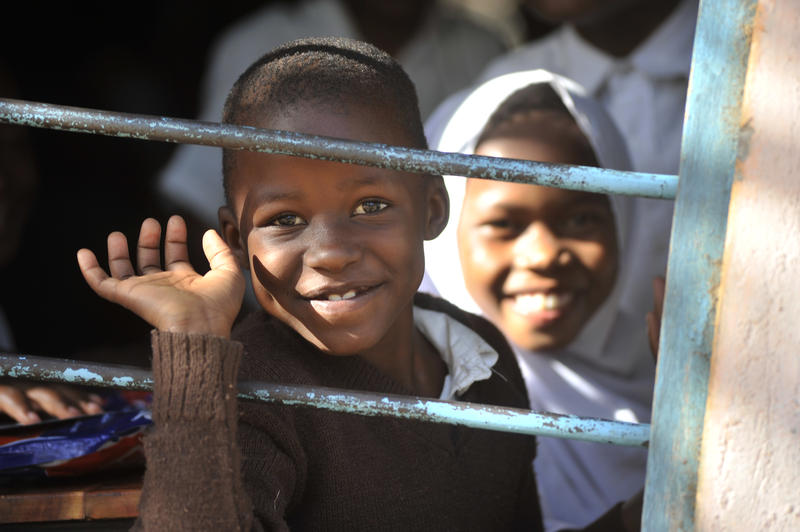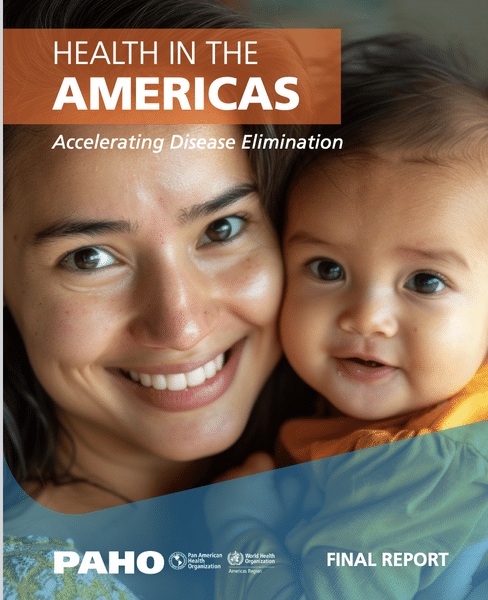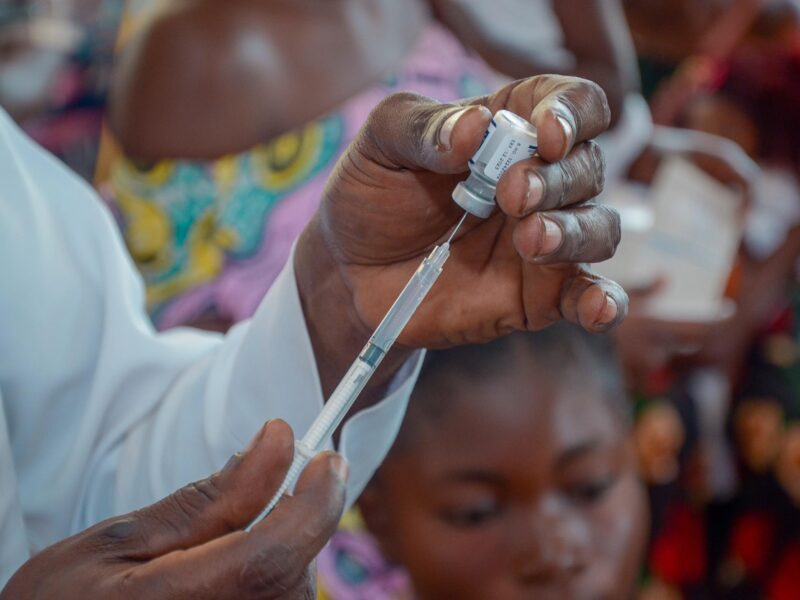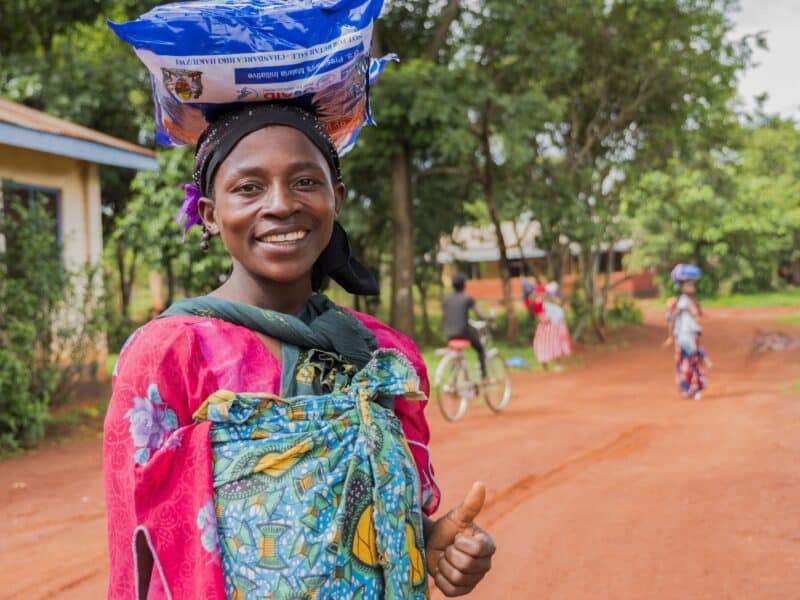The Johns Hopkins Center for Communication Programs will lead the social science portion of a five-year, $33.7 million grant from Unitaid designed to evaluate the use of insect repellent-treated plastic sheets to drive away mosquitoes that cause malaria and dengue fever.
The project, Advancing Spatial Repellents for Vector-Borne Disease Control, will be led by the University of Notre Dame and involve several international partners. The program will include two clinical trials, one in Kenya and one in Sri Lanka, as well as studies in refugee settings in Mali and Uganda.
The goal of the program will be to further generate evidence to support a recommendation by the World Health Organization (WHO) of spatial repellent use for public health purposes and to design systems to ensure it can be deployed properly within humanitarian response situations.
Experts in mosquito-borne illnesses say that while insecticide-treated bed nets have been instrumental in the dramatic reduction of malaria cases and deaths in the past 15 years, other approaches are needed to reduce the number of cases to zero.
“There’s a need for new tools to complement what’s already available and to protect people during times, and in settings, where people are at risk but net use is not feasible,” says April Monroe, who is part of the team leading CCP’s work on this new project.
“Our goal will be to make sure that the people who could benefit from this product see it as effective and viable and something that they would use. If people don’t like the product or it’s not acceptable to them, it won’t be successful at scale.”
Spatial repellents release chemicals into the air to inhibit certain insect behaviors such as feeding and encourage movement away from a treated space. The one being tested here is a clear plastic sheet about the size of an envelope.
Unitaid is an international organization that invests in new ways to prevent, diagnose and treat HIV/AIDS, hepatitis C, tuberculosis and malaria more quickly, more affordably and more effectively. Unitaid’s work facilitates the large-scale introduction of health products through funding by the Global Fund, the United States President’s Emergency Plan for AIDS Relief (PEPFAR) and by governments.
WHO estimates that in 2017 there were still 219 million new cases of malaria and 435,000 deaths around the world, and that dengue affects more than 3.97 billion people across 128 countries.
Although major gains have been made in reducing these mosquito-borne diseases, international governmental and nongovernmental agencies are continually challenged by these illnesses due to limitations in both technical support and mosquito control options. In addition, political and/or environmental crises can result in refugee situations — including displaced families living in temporary shelters, where current vector control tools are not practical. New public health tools under development, such as spatial repellent products, can play a life-saving role.
The evidence generated through this project, Monroe says, is crucial to ensure that countries – and donors – will consider adding this type of tool to the mix of strategies already in use to prevent these diseases.
“An exciting part of our role at CCP will be talking to stakeholders at all levels to figure out exactly what’s needed to make spatial repellents successful,” she says.
Other partners in the project include SC Johnson, the Kenya Medical Research Institute, the U.S. Centers for Disease Control and Prevention, Catholic Relief Services, the National Dengue Control Unit in Sri Lanka and FHI 360.





